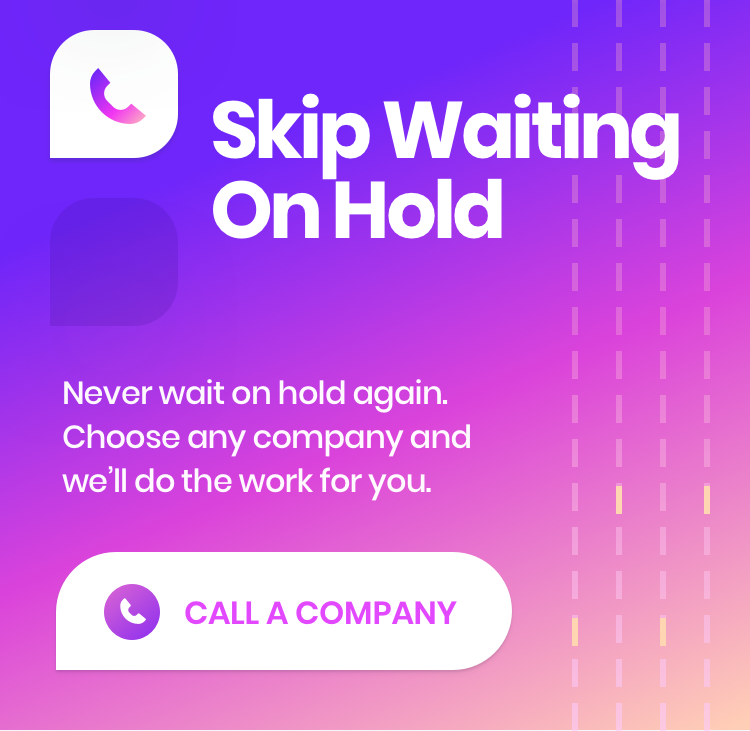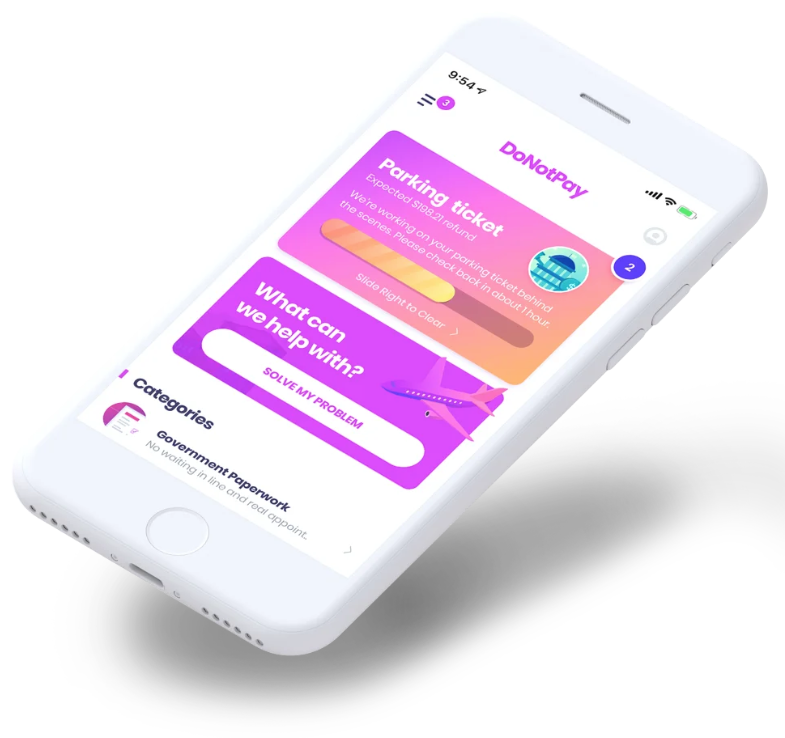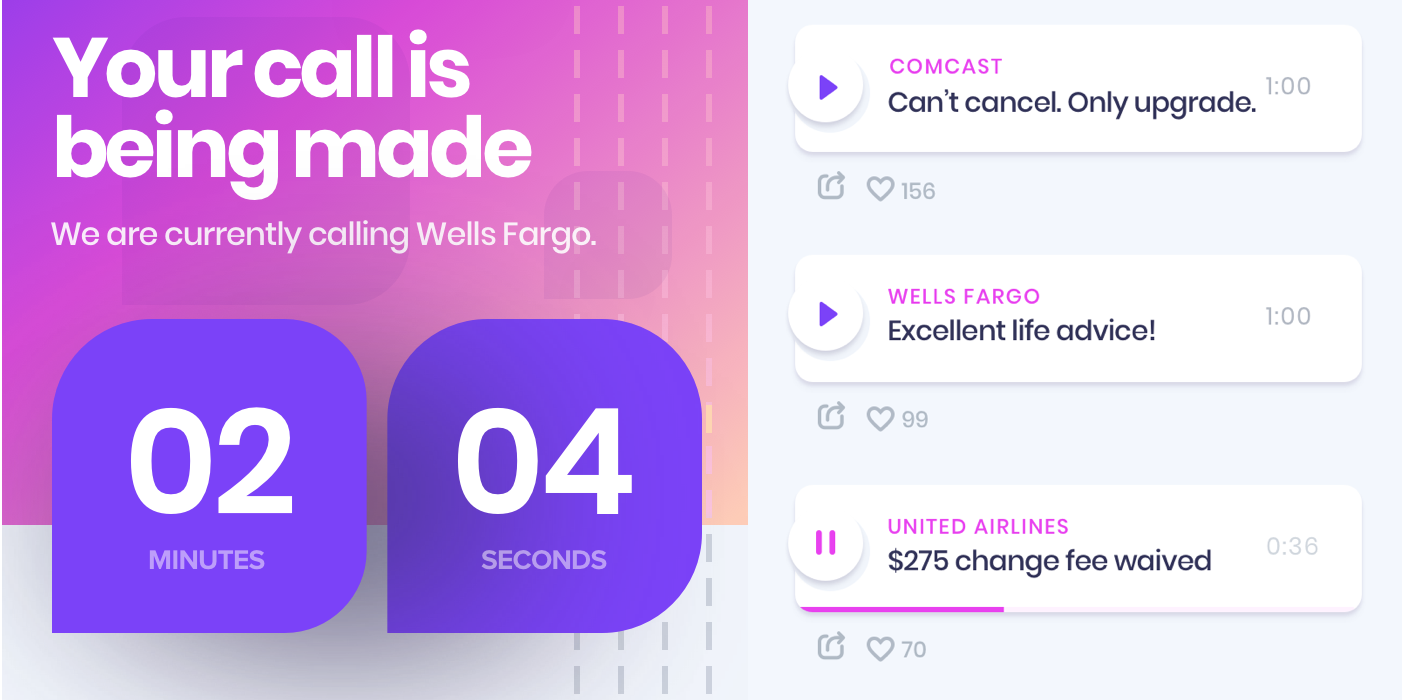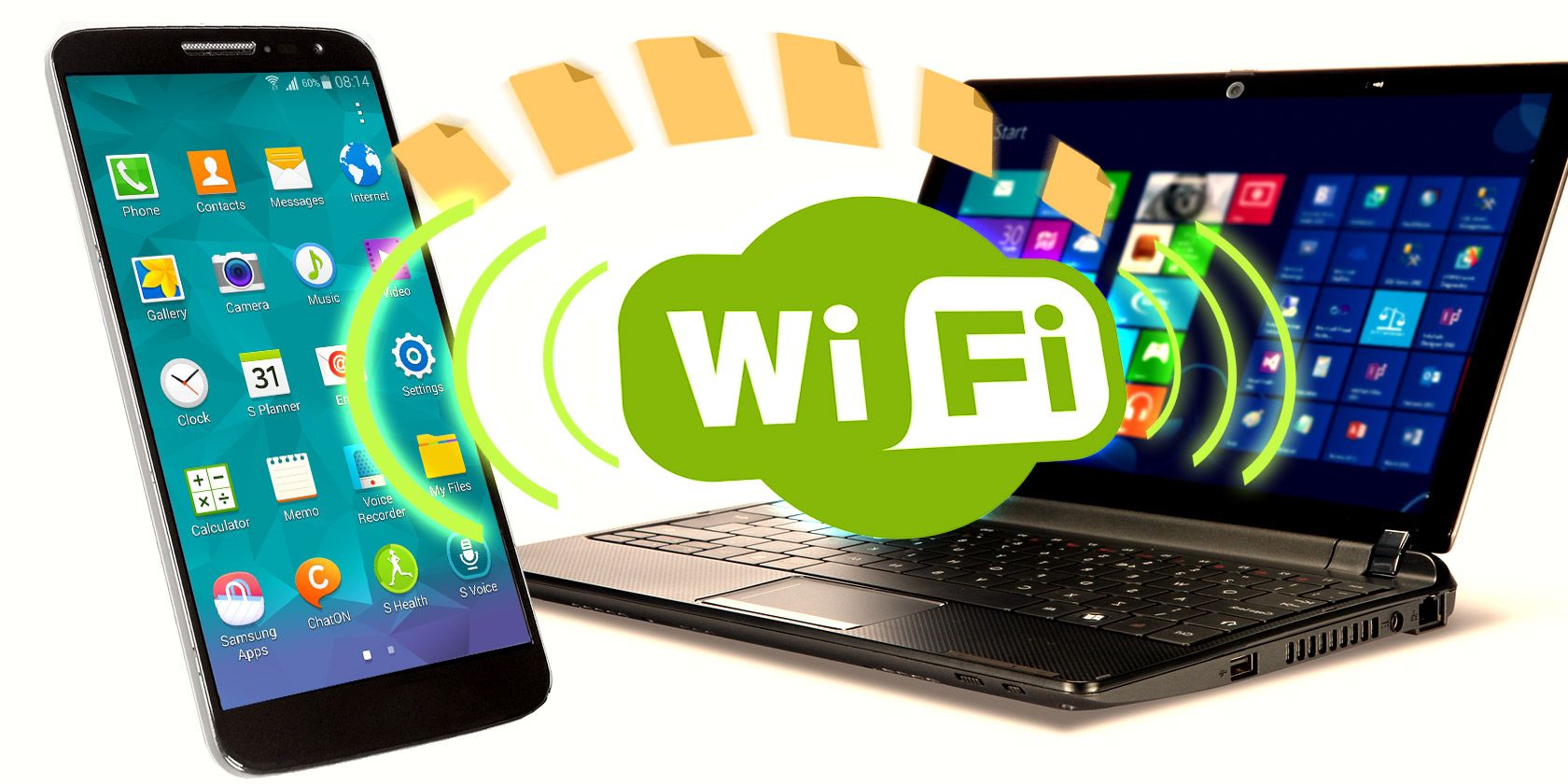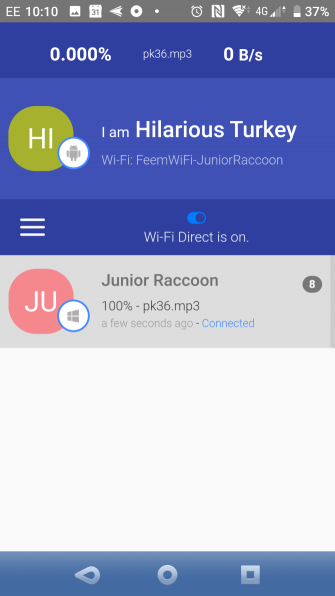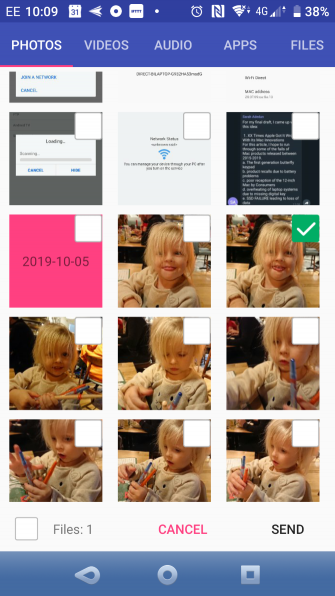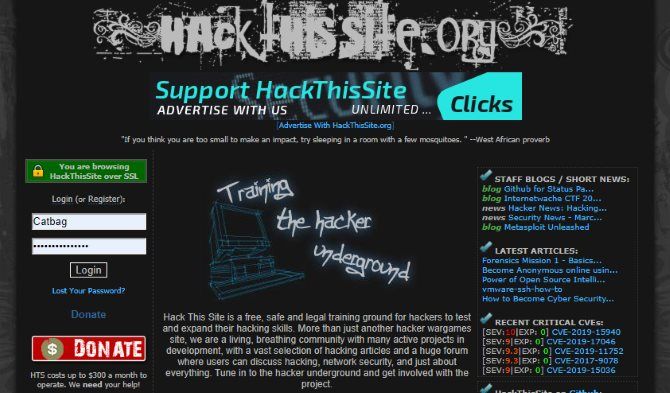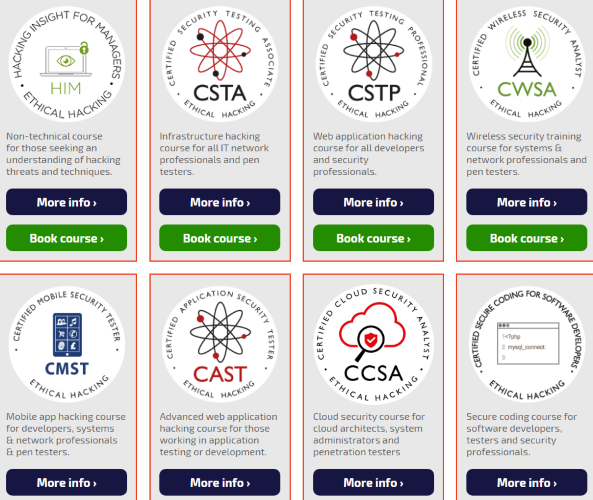In our oceans the scale of disasters is measured in millions, billions, and trillions, while solutions amount to single digits: individuals or institutions working to impact a chosen issue with approaches often both brilliant and quixotic. Putting such individuals in close contact with both whales and billionaires is the strange alchemy being attempted by the Sustainable Ocean Alliance’s Accelerator at Sea.
I and a few other reporters were invited to observe said program, a five-day excursion in Alaska that put recent college graduates, aspiring entrepreneurs, legends of the sea, and soft-spoken financial titans on the same footing: spotting whales from Zodiacs in the morning, learning from one another in the afternoon, and drinking whiskey good and bad under the Northern lights in the pre-dawn dark.

The boat — no, not that big one, or that other big one… yes, that one.
In that time I got to know the dozen or so companies in the accelerator, the second batch from the SOA but the first to experience this oddly effective enterprise. And I also gathered from conversations among the group the many challenges facing conservation-focused startups.
(By way of disclosure, I should say that I was among four press offered a spot on the chartered boat; Those invited, from penniless students to deep-pocketed investors, could join provided they got themselves to Juneau for embarkation.)
The picture painted by just about everyone was one of impending doom from a multiplicity of interlinked trends, and as many different approaches to averting or mitigating that doom as people discussing it.
What’s the problem?
In Silicon Valley one grows so used to seeing enormous sums of money expended on things barely categorizable as irritations, let alone serious problems, that it is a bit bewildering to be presented with the opposite: existential problems being addressed on shoestring budgets by founders actually passionate about their domain.
Throughout the trip, the discussions had at almost every occasion, be it looking for bear prints in a tidal flat or visiting a local salmon hatchery, were about the imminent collapse of natural ecosystems and the far-reaching consequences thereof.
Overfishing, rising water temperatures, deforestation, pollution, strip mining, microplastics — everywhere we looked is a man-made threat that has been allowed to go too far. Not a single industry or species is unaffected.
It’s enough to make you want to throw your hands up and go home, which is in fact what some have advised. But the people on this boat are not them. They were selected for their dedication to conservation and ingenuity in pursuing solutions.
Of course, there’s no “solution” to the million of tons of plastic and oil in the oceans poisoning fish and creating enormous dead zones. There’s no “solution” to climate change. No one expects or promises a miracle cure for nature’s centuries of abuse at human hands.
But there are mitigations, choices we can make and technologies we can opt for where a small change can propagate meaningfully and, if not undo the damage we’ve done, reduce it going forward and make people aware of the difference they can make.
Small fish in a big, scary pond
The trip came right at the beginning of the accelerator, a choice that meant they were only getting started in the program and in fact had never met one another. It also meant in many cases their pitches and business models were less than polished. This is for the most part an early-stage program, and early in the program at that.
That said, the companies may be young but the ideas and technologies are sound. I expect to follow up with many as they perfect their hardware, raise money, and complete pilot projects, but I think it’s important to highlight each one of them, if only briefly. The accelerator’s demo day is actually today, and I wish I could attend to see how the companies and founders have evolved.
Some accelerators are so big and so general-purpose that it was refreshing to have a manageable number of companies all clustered around interlinked issues and united by a common concern. If young entrepreneurs trying to change the world isn’t TechCrunch business, I don’t know what is.
The problems may be multifarious, but I managed to group the startups under two general umbrellas: waste reduction and aquatic intelligence.
But before that I want to mention one that doesn’t fit into either category and for other reasons deserves a shout out.
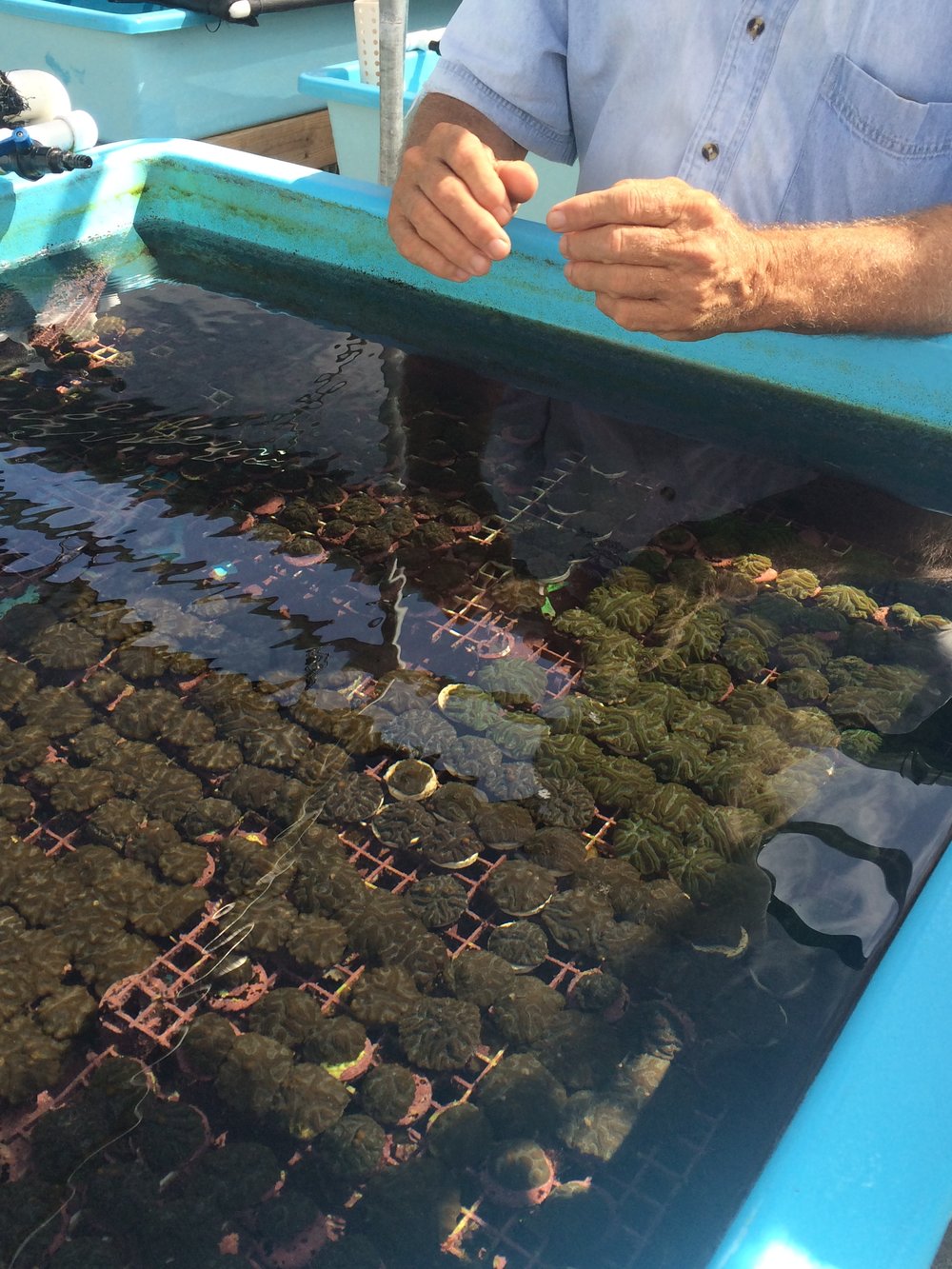
Coral Vita grows corals at many times their normal rate and implants them in dying reefs.
Coral Vita is working on a special method of fast-tracking coral growth and simultaneously selecting for organisms resistant to bleaching and other threats. The founder, Gator Halpern, impressed the importance of the coral systems on us over the trip, as did filmmaker Jeff Orlowski, who directed the harrowing documentaries Chasing Ice and Chasing Coral. (He gave a workshop on storytelling — important when you’re pitching a film or a startup.)
Gator is using a special method to grow corals at 50 times normal rates and hopefully resuscitate reefs around the world, which is awesome, but I wanted to put Coral Vita first because of a horribly apropos coincidence: Hurricane Dorian, the latest in a historically long unbroken line of storms, struck his home and lab in the Bahamas while we were at sea.
It was literally battering the islands while he was supposed to pitch investors, and he used his time instead to ask us to help the victims of the storm. That’s heart. And it serves as a reminder that these are not armchair solutions to invented problems.
If you can spare a buck, you can support Coral Vita and victims of Dorian in the Bahamas here.
Waste reduction
The other companies were addressing problems equally as destructive, if not quite so immediately so.
Humans produce a lot of waste, and a lot of that waste ends up in the ocean, either as whole plastic bags scooping up fish, microplastics poisoning them, or heavier trash cluttering the sea floor. These startups focused on reducing humanity’s deleterious effects on ocean ecosystems.
Cruz Foam is looking to replace one of my least favorite substances, Styrofoam, which I see broken up and mixed in with beach soil and sand all the time. The company has created a process that uses an incredibly abundant and strong material called chitin to create a lightweight, biodegradable packing foam. Chitin is what a lot of invertebrates use to form their shells and exoskeletons, and there’s tons of it out there — but the company has been careful to find ethical sourcing for the volume it need.
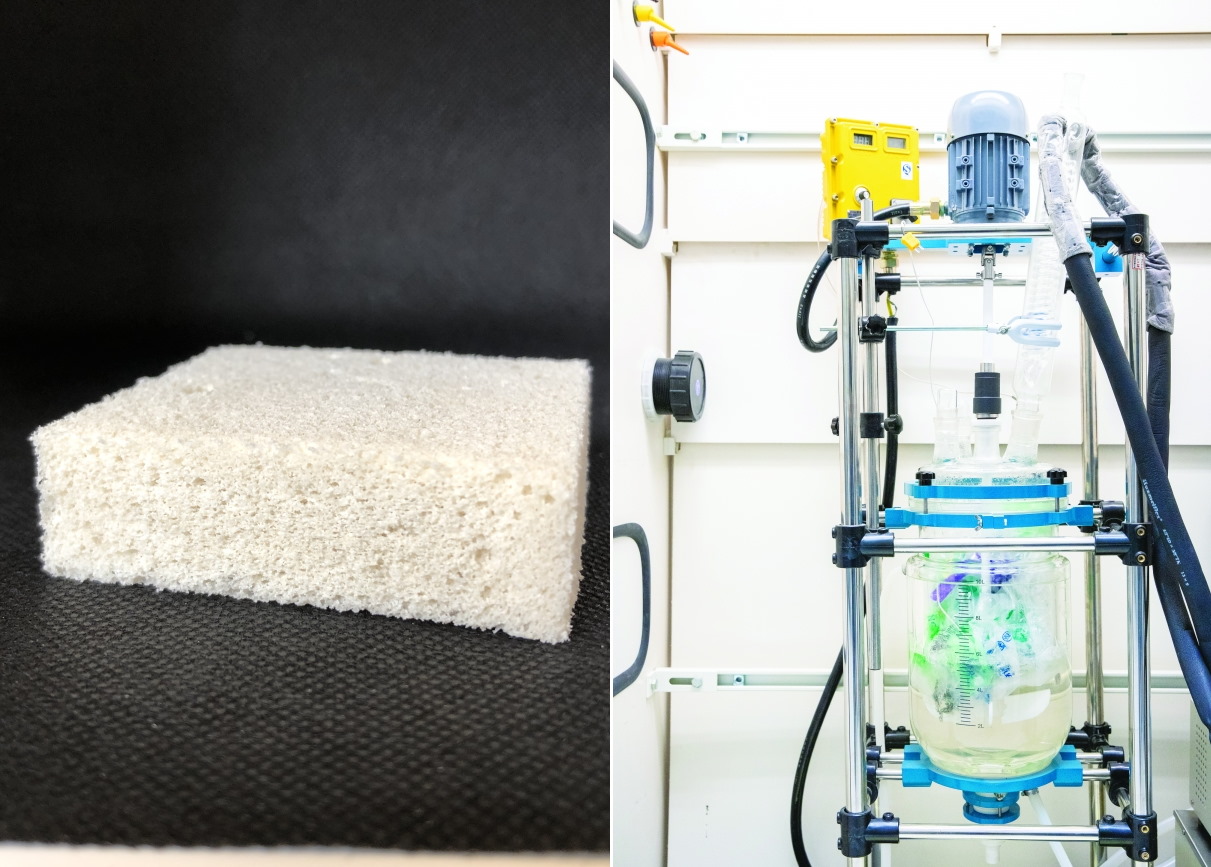
Cruz Foam’s chitin-based product, left, and Biocellection’s plastic reduction process.
Biocellection is coming from the other direction, having created a process to break down polyethylenes (i.e. plastics) into smaller molecules that are useful in existing chemical processes. It’s actually upcycling waste plastic rather than repurposing it as a lower grade product.
Loliware was in SOA’s first batch, and creates single-use straws out of kelp material — a timely endeavor, as evidenced by the $6M round A they just pulled in, and backlog of millions of units ordered. Their challenge now is not finding a market but supplying it.
Dispatch Goods and Muuse are taking complementary approaches to reducing single-use items for take-out. Dispatch follows a model in use elsewhere in the world where durable containers are used rather than disposable ones for delivery items, then picked up, washed, and reused. Kind of obvious when you think about it, which is it’s common in other places.
Muuse (formerly Revolv) takes a more tech-centric approach, partnering with coffee shops to issue reusable cups rather than disposable ones. You can keep the cup if you want, or drop it off at a smart collection point and get a refund; RFID tags keep track of the items. Founder Forrest Carroll talked about early successes with this model on semi-closed environments like airports and college campuses.
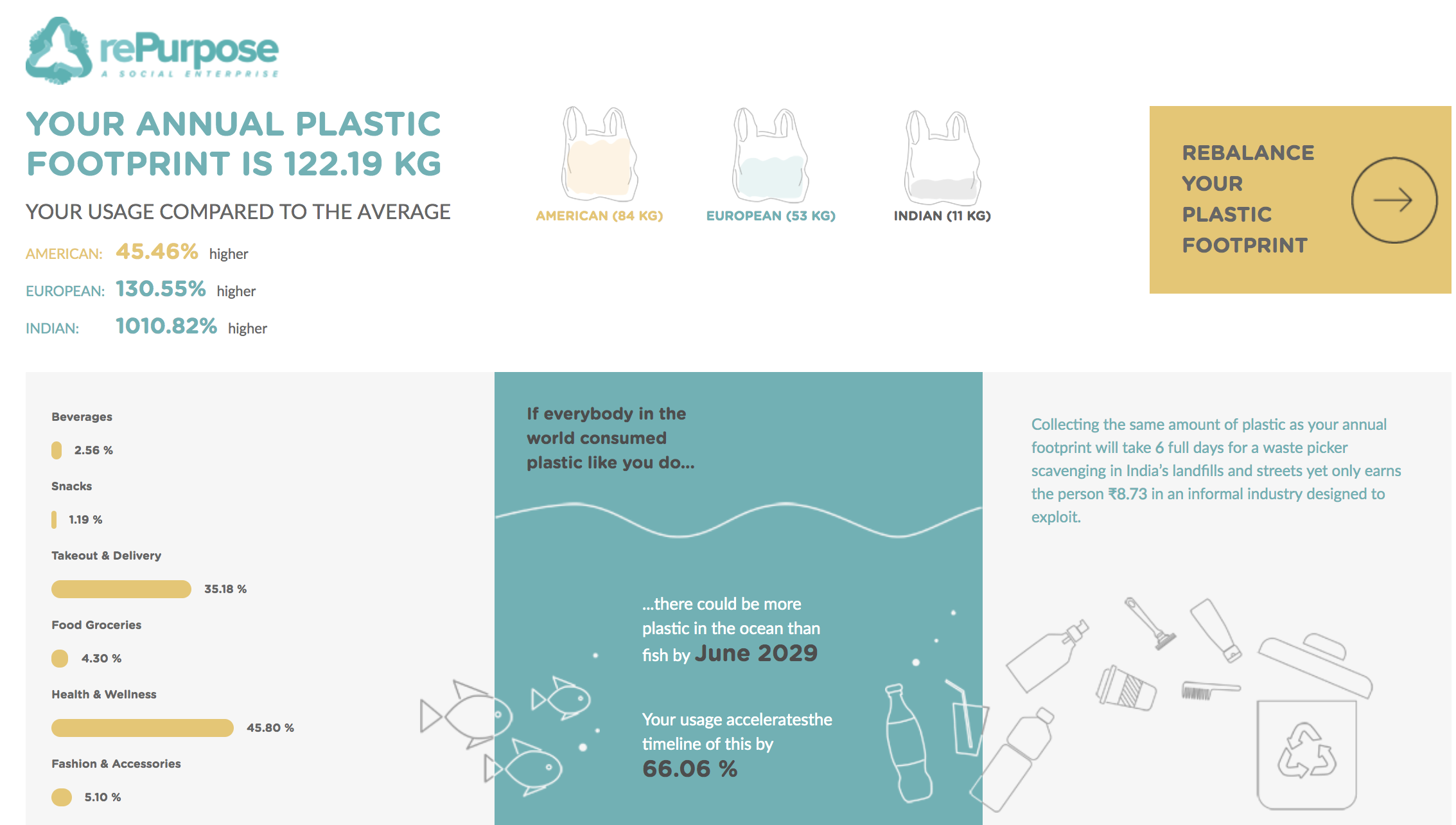
Repurpose is aiming to create a way to go “plastic neutral” the way people try to go “carbon neutral.” Companies and individuals can sponsor individual landfills where their plastics go, subsidizing the direct removal and handling costs of a given quantity of trash.
Finless Foods hopes to indirectly reduce the huge amount of cost and waste created by fishing (“sustainable” really isn’t) by creating lab-grown tuna tissue that’s indistinguishable from the real thing. It’s a work in progress, but they’ve got a ton of money so you can probably count on it.
Intelligence and automation
The technology used in the maritime and fishing industries tends toward the “sturdy legacy” type rather than “cutting edge.” That’s changing as costs drop and the benefits of things like autonomous vehicles and IoT become evident.
Ellipsis represents perhaps the most advanced, yet direct, application of the latest tech. The company uses camera-equipped drones using computer vision to inspect rivers and bodies of water for plastics, helping cleanup and response crews characterize and prioritize them. This kind of low-level data is largely missing from cleanup efforts, which gave rise to the name, which refers to both the peripatetic founder Ellie and the symbol indicating missing or omitted information
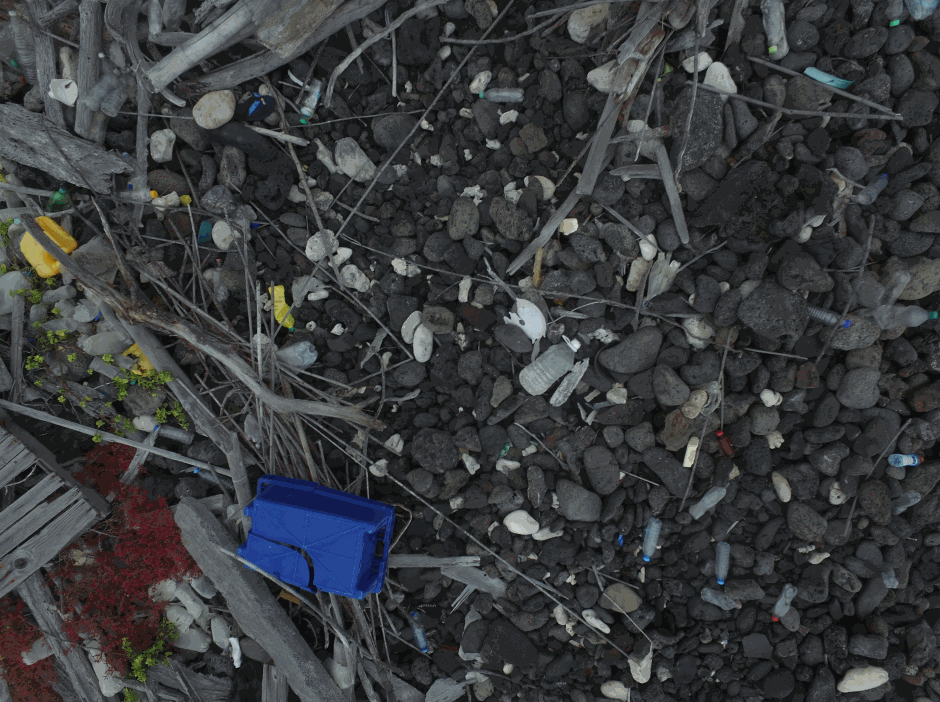
Ellipsis uses computer vision to find plastic waste in water systems.
For larger-scale inspection, autonomous boats like Saildrone are an increasingly valuable tool — but they cost hundreds of thousands of dollars and have their own limitations.
EcoDrone is a lower-cost, smaller, customizable autonomous sailboat that costs more like $2,500. Plenty of missions would prefer to deploy a fleet of smaller, cheaper boats than put all their hopes into one vessel.

Sea Proven is going the other direction, with a much larger autonomous ship: 20 meters long with a full ton of payload space. That opens up entirely new mission profiles that use sophisticated, large-scale equipment and require long-term presence at sea. The company has two ships now embarking on a mission to track whales in the Mediterranean.
Nets and traps are notoriously dumb, producing a huge amount of “bycatch,” animals caught up in them that aren’t what the fishing vessel was aiming (or licensed) to collect. Smart Catch equips these huge nets with a camera that tracks and characterizes the fish that enter, allowing the owner to watch and monitor them remotely and respond if necessary.
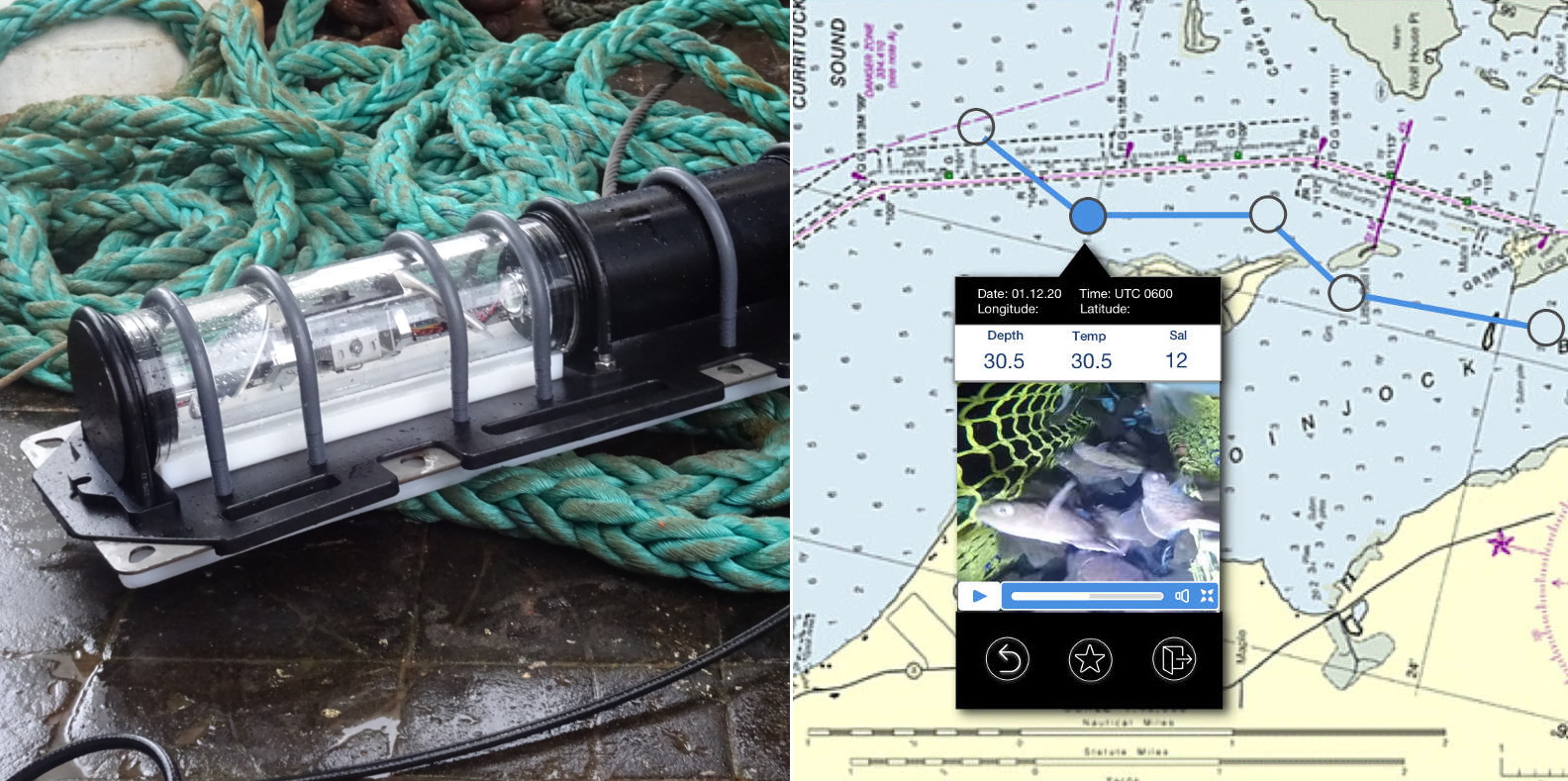
Meanwhile “dumb” traps can still be smarter in other ways. Stationary traps in stormy seas are often lost, dragged along the sea bed to an unknown location, there to sit attracting hapless crab and fish until they fall apart centuries from now. Blue Ocean Gear makes GPS-equipped buoys that can be tracked easily, reducing the risk of losing expensive fishing kit and line, and preventing “ghost fishing.”
Connectivity at sea can be problematic, with satellite often the only real option. Sure, Starlink and others are on their way, but why wait? A system of interconnected floating hubs from ONet could serve as hotspots for ships carrying valuable and voluminous data that would otherwise need to be processed at sea or uploaded at great cost.
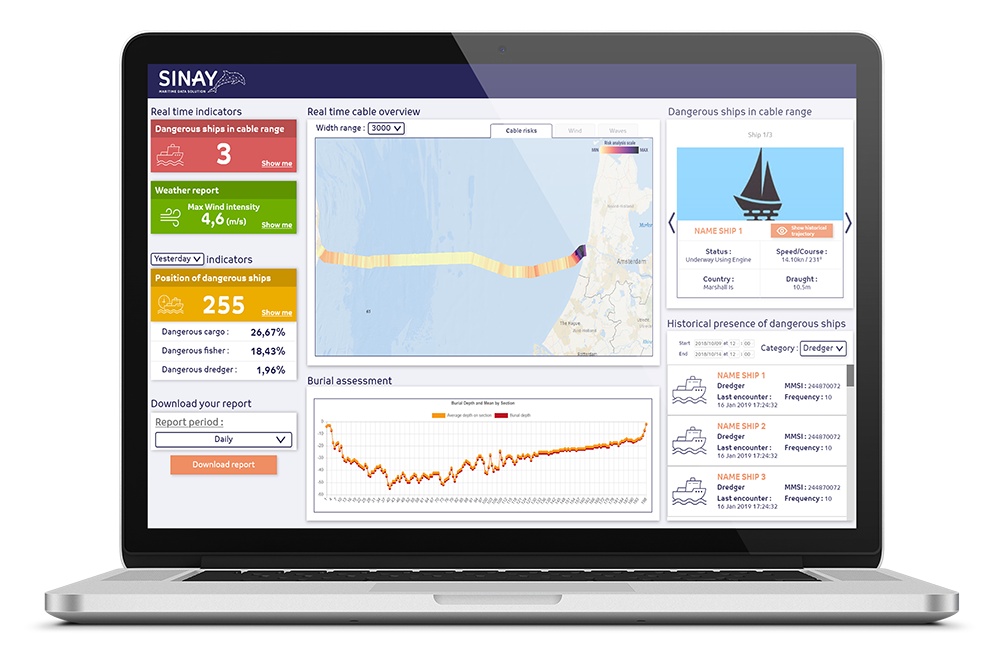
And integrating all that data with other datasets like those provided by universities, ports, municipalities, NGOs… good luck getting it all in one place. But that’s the goal of SINAY, which is assembling a huge ocean-centric meta-database where users can cross-reference without having to sort or process it locally. Clouds come from oceans, right? So why shouldn’t the ocean be in the cloud?
Accelerator at Sea
The idea of commencing this accelerator program with a trip to southeast Alaska is a fanciful one, no doubt. But an influx of support for the accelerator’s parent organization, the Sustainable Ocean Alliance, made it possible. The SOA raised millions from the mysterious Pine and not-so-mysterious Benioffs, but it also made a deep impression on the founder of Lindblad Expeditions, Sven Lindblad, who offered not just to host the event but to attend and speak at it.
He joined several other experts and interesting people in doing so: Former head of Google X Tom Chi, Value Act’s Jeff Ubben, Gigi Brisson and her Ocean Elders, including Captain (ret.) Don Walsh, the first man to reach the bottom of the Challenger Depths in the Marianas Trench. He’s hilarious, by the way.
I met SOA founder Daniela Fernandez at a TechCrunch event a few years ago when all this was just one of many twinkles in her twinkly eyes, and it’s been rewarding to watch her grow a community around these issues, which have passionate supporters around the globe if you’re willing to look for them and validate their purpose. It’s not a surprise to me at all that she has collected such an impressive group.
The boat, departing from Juneau, made a number of stops at local places of interest, where we would meet locals in the fishing industry, whale researchers, and others, or hear about the local economy ecology from one of the boat’s designated naturalists. In between these expeditions we did team-building exercises, honed pitches, and heard talks from the people mentioned above on hiring practices, investment trends, history.
These people weren’t just plucked from from the void — they are all part of the extended community that the SOA and Fernandez have built over the last few years. The organization was built with the idea of putting young, motivated people together with older, more experienced ones, and that’s just what was happening.
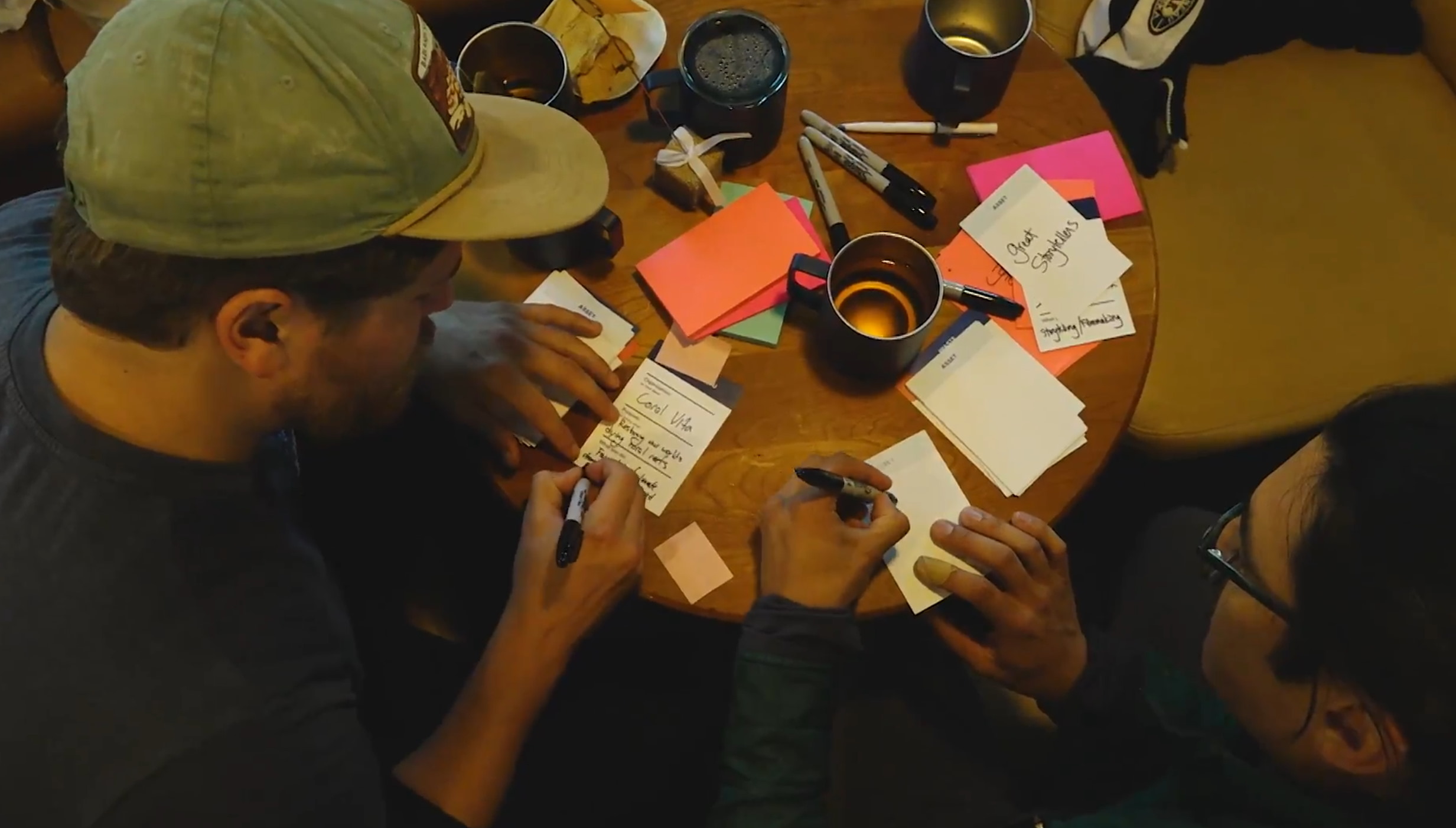
In a way it was what you might expect out of an accelerator program: Connecting startups with industry veterans and investors (of which there were several present) and getting them the advice and exposure they need. There was a pitch competition — the “Otter Sanctuary” (you had to be there).
But there was something very different about doing it this way — on a boat, I mean. In Alaska. With bears, whales, and the northern lights present at every turn.
“For the first time ever, we brought together a community of ocean entrepreneurs from all around the world and allowed them to become fully immersed in the environment that they have been working so hard to protect,” said Craig Dudenhoffer, who runs the accelerator program. “It was amazing to see the entrepreneurs establishing lifelong relationships with each other and with members of the SOA community. It might seem counter-intuitive for a technology entrepreneur, but sometimes you have to disconnect from technology in order to reconnect with your mission.”
In a normal startup accelerator, and in fact for the remainder of this one, aspiring entrepreneurs are living on their own somewhere, coming into a shared office space, attending office hours, meeting VCs in their offices or at demo days. That’s just fine, and indeed what many a startup needs — a peer group, a focal point in space and time, goals and advice.
On the boat, however, these things were present, but secondary to the experience of, say, standing next to someone under the aurora. I’m aware of how that sounds — “it was an experience, man!” — but there’s something fundamentally different about it.
In an office in the Bay Area, there is an established power structure and hierarchy. Schedules are adjusted around meetings, priorities are split, time and attention are devoted in formal 15-minute increments. On the boat there was no hierarchy, or rather the artificial one to which we would cleave in the city was flattened by the scale of what we were learning and experiencing.

You’d be in a zodiac or pressed against the railing with your binoculars, talking about whales and the threat of microplastics with whoever’s next to you in a normal fashion, only to find out they’re a billionaire who you’d never be able to meet directly with at all, let alone on equal terms.
Sitting at breakfast one day the guy next to me started talking about hydrogen-powered trucking — I figured I’d indulge this harmless idealist. In fact it was Jeff Ubben and Value Act was investing millions in an ecosystem they fully expect to take over the west coast. This sort of encounter was happening constantly as people engaged naturally, acting outside the established hierarchies and power structures.
Part of that was the gravity of the issues the startups were facing, and which we were reminded of repeatedly by the impending hurricane, the hatchery warning of salmon apocalypse, the visibly collapsing ecosystems, and perhaps most poignantly by the changes seen personally by Don and Sven, who were been on the seas professionally long before I was even born.
“It’s like salmon eggs”
On the last night of the trip, I shared a glass of wine with Sven to talk about why he was supporting this endeavor, which was undoubtedly expensive and certainly unusual.
“From a business perspective, I depend on the ocean — but there’s a personal connection as well. I’m constantly looking for ways to protect what we depend on,” he began. “We have a fund that generates a couple million dollars a year, and we find different people that we believe in — that have an idea, a passion, intelligence. You meet someone like Daniela, you want to go to bat for them.”
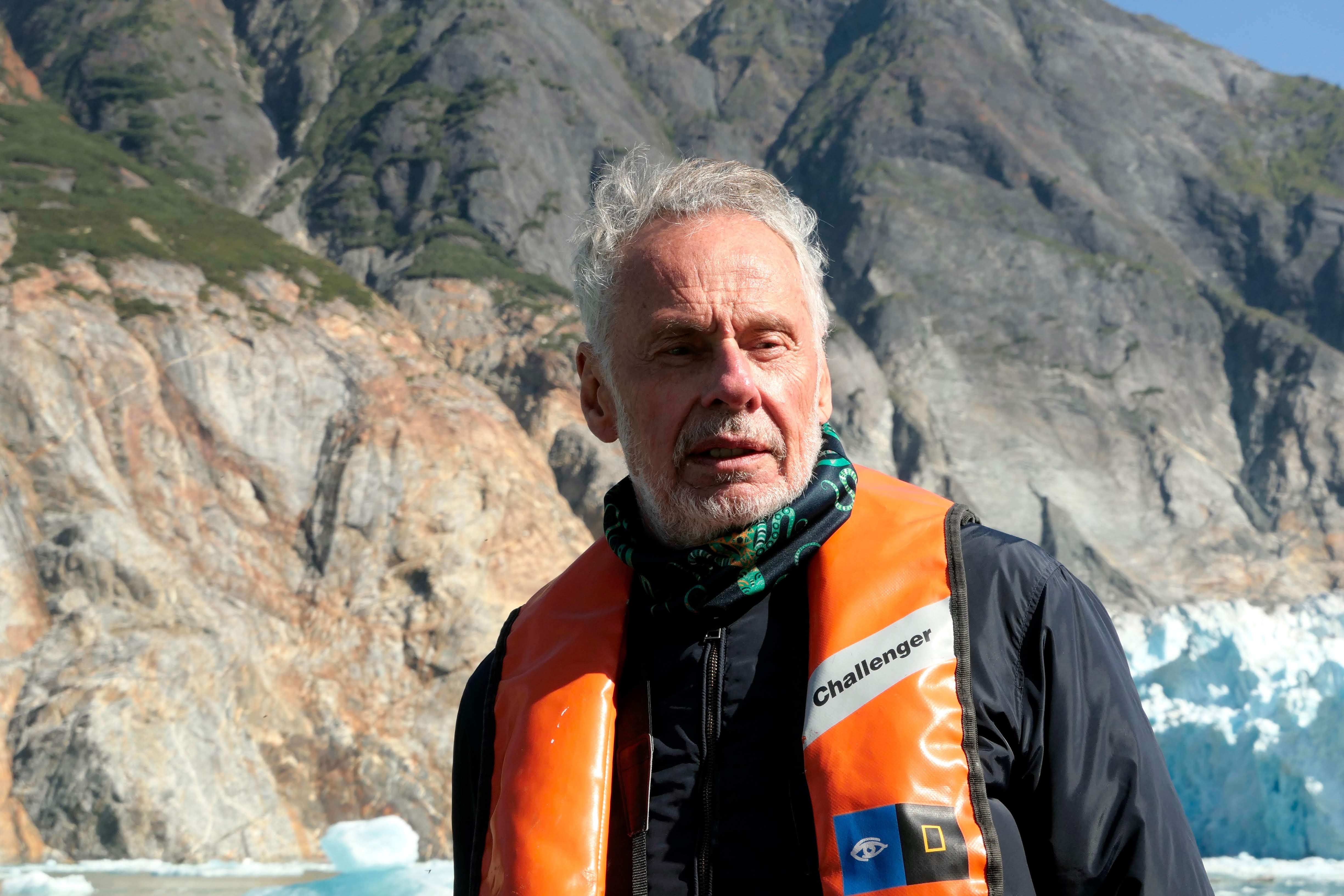
“When you’re 21 or whatever, you have all these idealistic thoughts about making a difference in the world. They need support in a variety of ways — advice, finance, mentorship, all these things are part of the puzzle,” he said. “What SOA has done is recognize people that have a good idea. Left to their own devices most of them would probably fail. But we can provide some support, and it’s like with salmon eggs – maybe instead of one in a million surviving, maybe two, or five survive, you know?”
“Tech is a valuable tool, but it has to serve to support an idea. It isn’t the idea. Eliminating plastics and bycatch, making data more useful, putting sonar sensors on robotic boats, all very interesting. We need solutions, actions, ideas, as fast as we can, to accelerate the change in behavior as fast as we can.”
His earnest replies soon became emotional, however, as his core concern for the ocean and planet in general took over.
“We’re fucked,” he said simply. “We are literally destroying the next generation’s future. I’ve been with colleagues and we’ve wept over glasses of wine over what we’re doing.”
“I have two personalities,” he explained. “And most of my friends, associates, scientists have these dual personalities, too. One is when they look in the mirror and talk to themselves — that tends to be more pessimistic. But the other is the external personality, where being pessimistic is not helpful.”
“Something like this really activates that optimism,” he said. “At the end of the day young people have to grab their future, because we sure haven’t done a great job of it. They have to get out there, they have to vote, they have to take control. Because if the system really starts to collapse… I don’t think anyone even begins to understand the magnitude of it. It’s unfathomable.”
The Accelerator at Sea program was a fascinating experience and I’m glad to have taken part. I feel sure it was valuable for the startups as well, and not just because of the $25,000 they were each spontaneously awarded from the investors on board, who in closing remarks emphasized how important it is that startups like these and the people behind them are supported by gatekeepers like venture firms and press.
The combination of good times in nature, stimulating experts and talks, and a group of highly motivated young entrepreneurs was a powerful mixture, and unfortunately one that is difficult to describe even in 3,000 words. But I’m glad it exists and I look forward to following the progress of these companies and the people behind them. You can keep up with the SOA at its website.
Read Full Article














